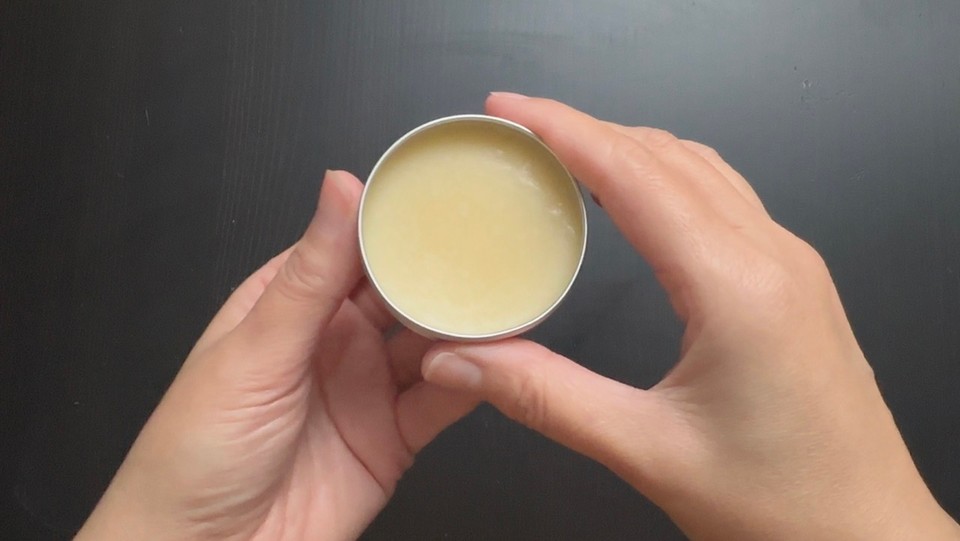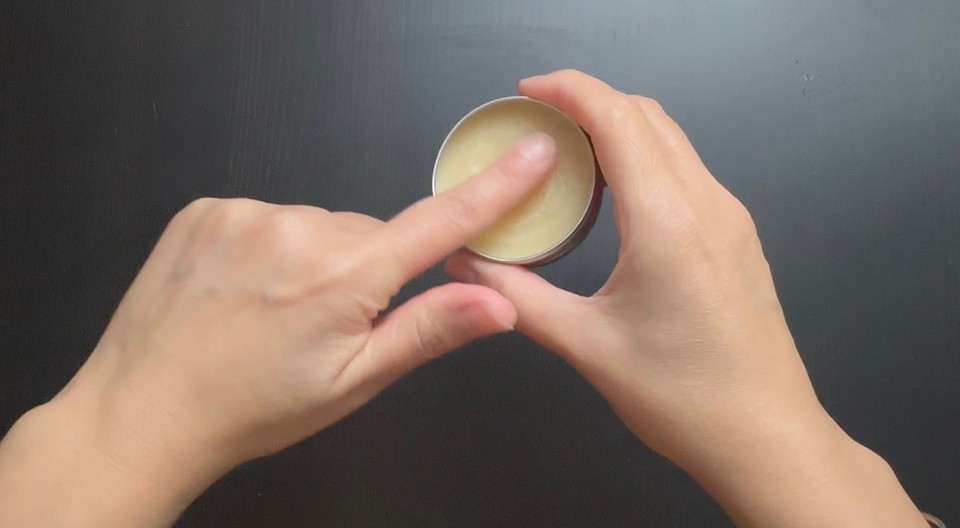Solid Perfume
| Phase | Ingredient | Percent (%) | Weight (g) |
|---|---|---|---|
| Ingredient List | Carnauba Wax | 12.0 | 12 |
| Berry wax | 15.0 | 15 | |
| Rice bran wax | 6.0 | 6 | |
| Coco caprylate | 49.0 | 49 | |
| Shea butter | 11.8 | 11.8 | |
| Vitamin E | 0.2 | 0.2 | |
| Fragrance oil | 6.0 | 6 |
You can help support my website and channel through the “buy me a coffee” page.
Here is the link: https://www.buymeacoffee.com/diycosmetica
Your support helps me keep sharing here more information and more formulas.
Solid perfumes are trendy for several good reasons. Firstly, they are alcohol-free, making them ideal for those with sensitive skin or allergies to conventional perfumes.
Alcohol can cause dryness and irritation, but this is not a concern with solid perfumes.
Additionally, they are preservative-free. Many liquid perfumes contain preservatives that extend their shelf life but can harm the skin. You're opting for a more skin-friendly product by choosing solid perfumes.
Another benefit of solid perfumes is their subtle fragrance. They offer a personal fragrance experience, as the scent is not as overpowering as alcohol-based sprays. It stays close to your skin, revealing its layers gradually. Perfect for those who prefer a more personal scent.
Another significant advantage of DIY solid perfumes is their eco-friendliness. Without the need for alcohol and chemical preservatives, you're taking care of your skin and the environment. The packaging for solid perfumes is often minimal and can be easily recycled.I use an aluminum tin to store the solid perfume.
If you like the solid version for cosmetic products, try this lips and cheeks tint formula.
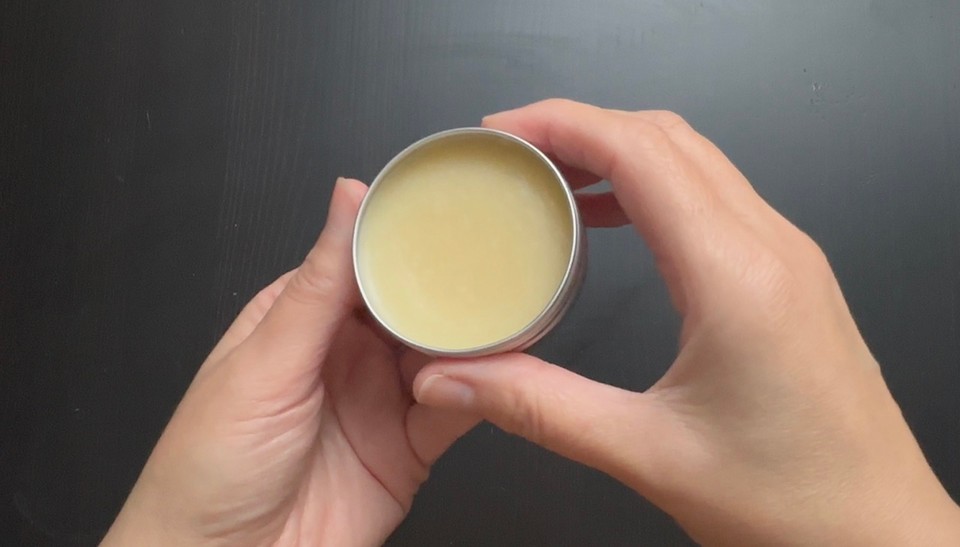
In this formula, I used a combination of waxes, a liquid ester and butter to make this solid perfume.
You can choose the fragrance oil you like or create your own unique scent by combining several fragrance oils.
You need to use a fragrance oil that can be used in high percentages in cosmetics.
Some fragrance oils can be used up to 10%. Check the datasheet provided by the supplier to ensure your chosen fragrance oil is suitable for use in high percentages.
My chosen fragrance oil usage rate in solid perfumes is up to 8%, but I used 6% in this formula since I don't want such a strong scent.
If you want a stronger scent, and the usage rate of your chosen fragrance oil is up to 8-10%, you can use a higher percentage of fragrance oil and subtract from the coco caprylate the amount added to the fragrance oil.

I used a combination of Carnauba wax, Berry wax and Rice Bran wax.
Check this post about waxes in cosmetics to get more ideas for alternatives for the waxes I used in this formula.
Carnauba Wax, derived from the Brazilian palm Copernicia prunifera leaves, has one of the highest melting points among natural waxes, making solid perfumes more heat stable. This is particularly beneficial if you carry your perfume in a purse or pocket, as it won't melt quickly in warm weather.
Due to its hard and durable nature, Carnauba wax contributes to the longevity of solid perfumes on the skin. Its capacity to hold fragrance compounds ensures a consistent and gradual release of the scent.

Additionally, while solid, Carnauba wax does not create a greasy feel upon application. This quality makes it an excellent choice for a perfume base, as it allows the skin to comfortably absorb the perfume without leaving any sticky residue. Moreover, as a natural substance, Carnauba wax is mainly hypoallergenic, rendering it appropriate for sensitive skin types.
Berry wax possesses a remarkably soft and velvety texture, significantly enhancing solid perfume formulations by contributing to their smooth and easily spreadable consistency. This characteristic improves the ease of application and enriches the user's experience. Beyond its textural benefits, berry wax is rich in natural emollients, making it a skin-friendly ingredient.
It plays a dual role in perfume application – delivering scent while providing moisture and skin protection. Additionally, berry wax has some emulsifying properties that effectively blend and harmonize the various components of the perfume, like oils and fragrances, ensuring the end product is even and stable.
You can replace the berry wax with beeswax.
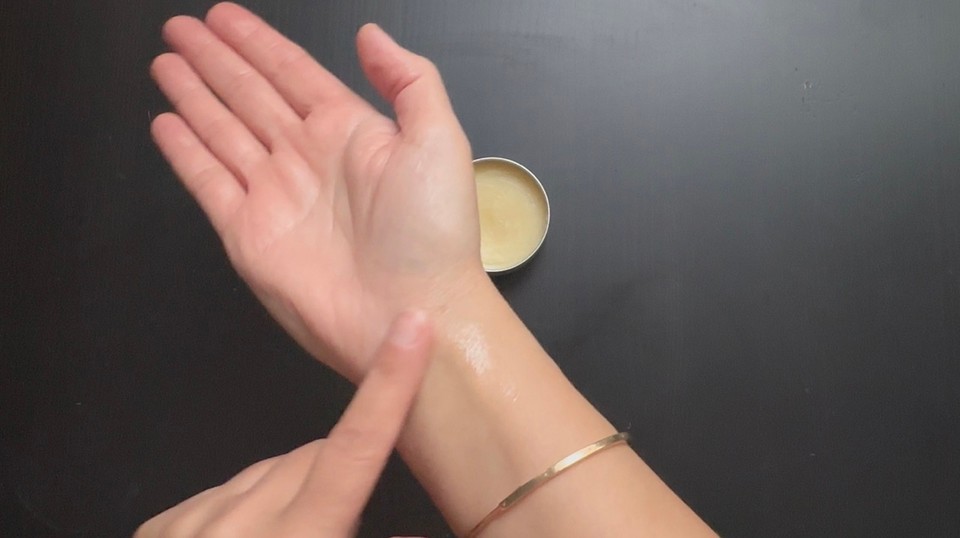
Rice Bran Wax has a firm and hard texture, significantly enhancing solid perfumes' stability and consistency. This texture is pivotal in creating a perfume that maintains a solid form, balancing between being neither overly soft nor excessively brittle. Such a formulation ensures ease of application and convenient portability.
In addition to its textural benefits, Rice Bran Wax is known for its moisturizing and soothing properties. It is particularly gentle on the skin, providing essential hydration without the risk of clogging pores. This makes it an ideal ingredient in solid perfumes. Rice Bran Wax is effective in encapsulating fragrance. Its ability to retain fragrance compounds contributes to a slow and extended release of the perfume's aroma.
For a liquid emollient, I used coco caprylate.
Coco Caprylate, made from coconut oil, is excellent for making solid perfumes that are easy to apply because it spreads well. This means the perfume smoothly goes onto the skin. Even though it moisturizes, it doesn't make the skin feel greasy or heavy, which is suitable for a perfume. It keeps the skin moist but feels light when you use it.
You can use fractionated coconut oil to replace the coco caprylate.
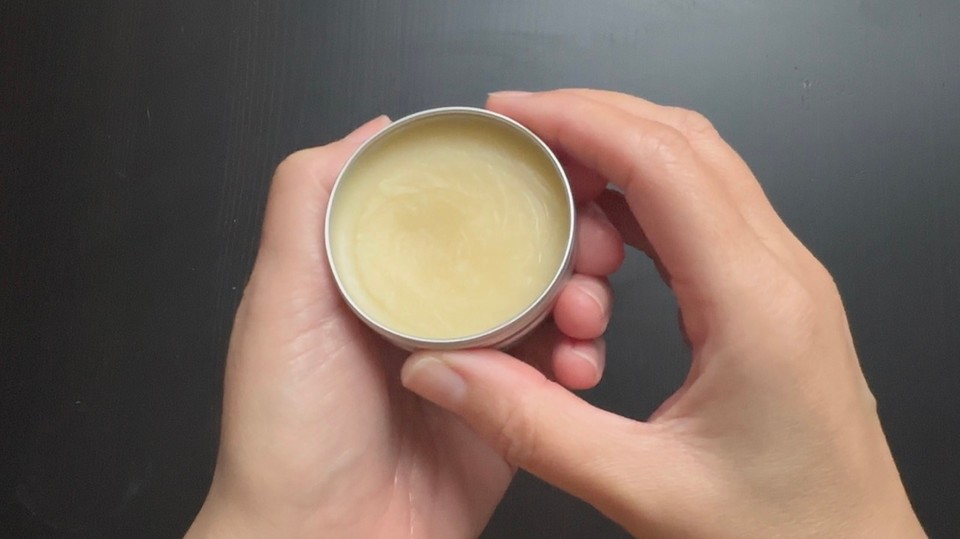
For butter, I used shea butter. Shea Butter is known for its strong moisturizing effects. It keeps the skin well-nourished and hydrated, ensuring that using solid perfume doesn't dry the skin. Instead, it leaves the skin feeling smooth and soft. Shea Butter contains vitamins A and E and fatty acids, which help protect and fix the skin, making it healthier and stronger. You can use Mango butter instead of Shea butter.
Lastly, I added vitamin E to this formula. Vitamin E is known for its antioxidant properties. It helps to protect the perfume's ingredients, especially delicate fragrance oils, from oxidation and degradation. This can prolong the shelf life of the perfume and maintain its quality over time. If you don't have vitamin E, skip it and add the amount to the coco caprylate.
Your solid perfume is ready to use once it's completely cooled. Apply it to pulse points like your wrists, neck, and behind the ears. The warmth of your skin will gently release the fragrance, creating a subtle, lasting scent.
Use the calculator to adjust the amount you wish to make.
Method:
- In a heat-resistance beaker, Add phase A ingredients.
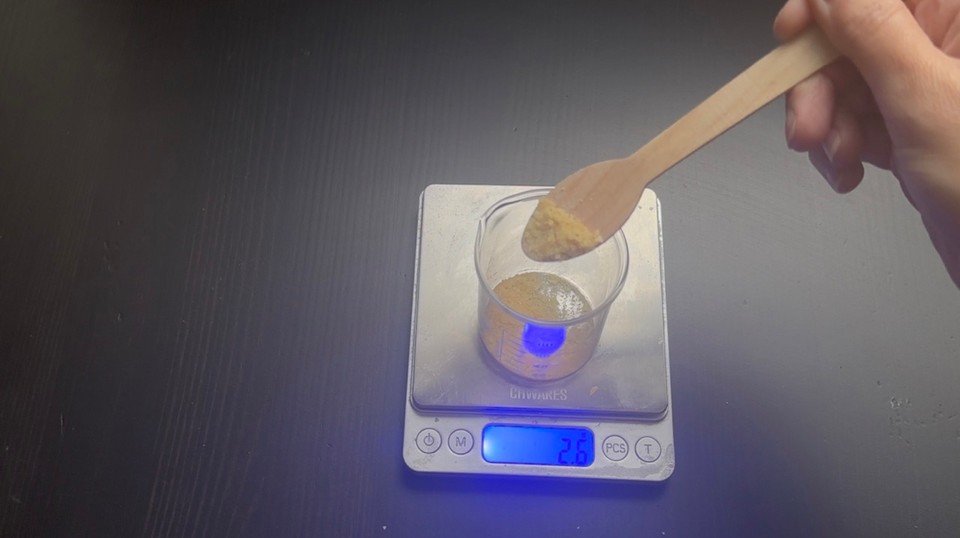
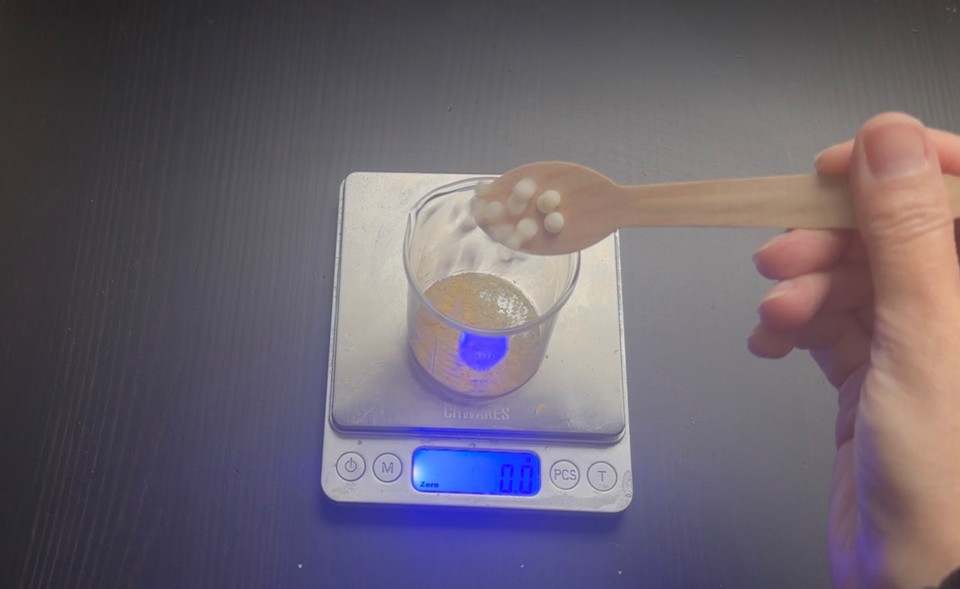
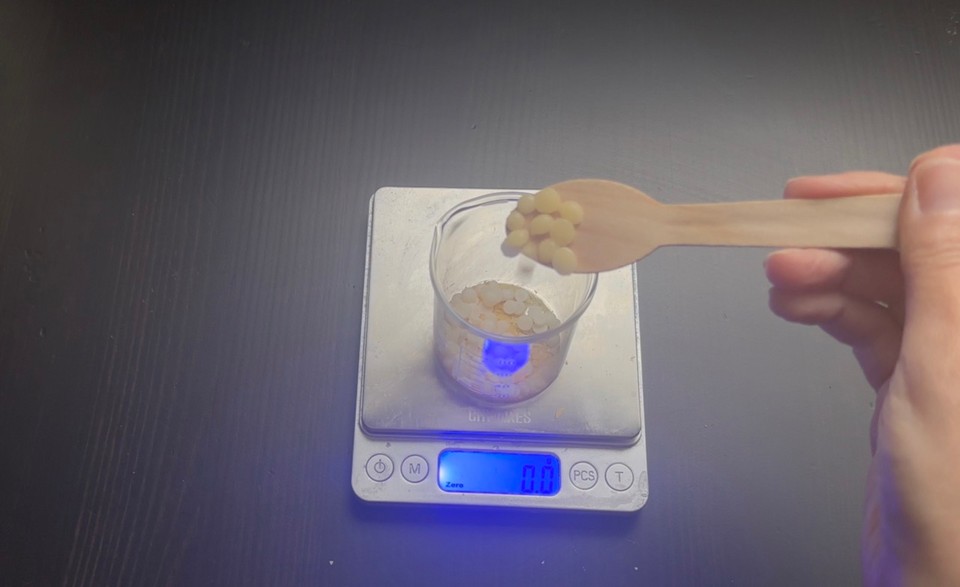
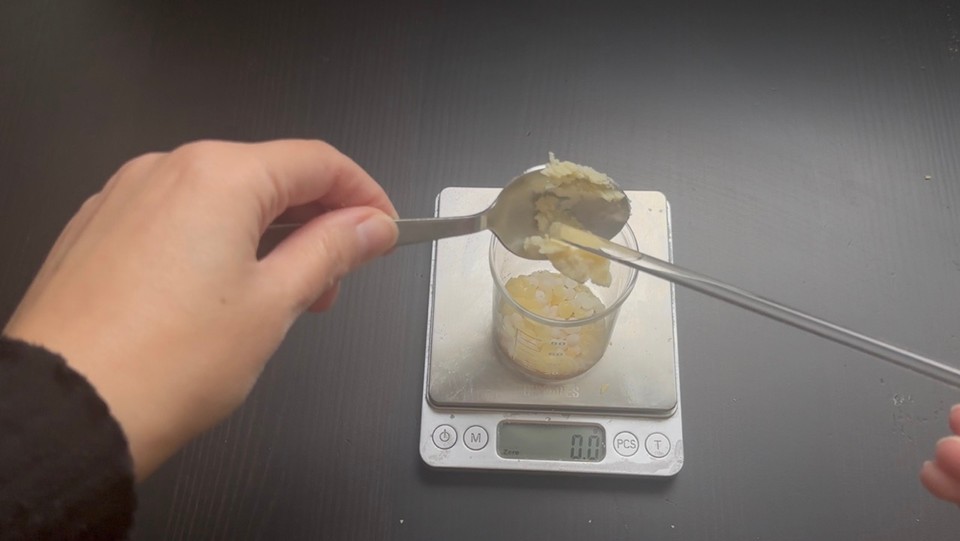
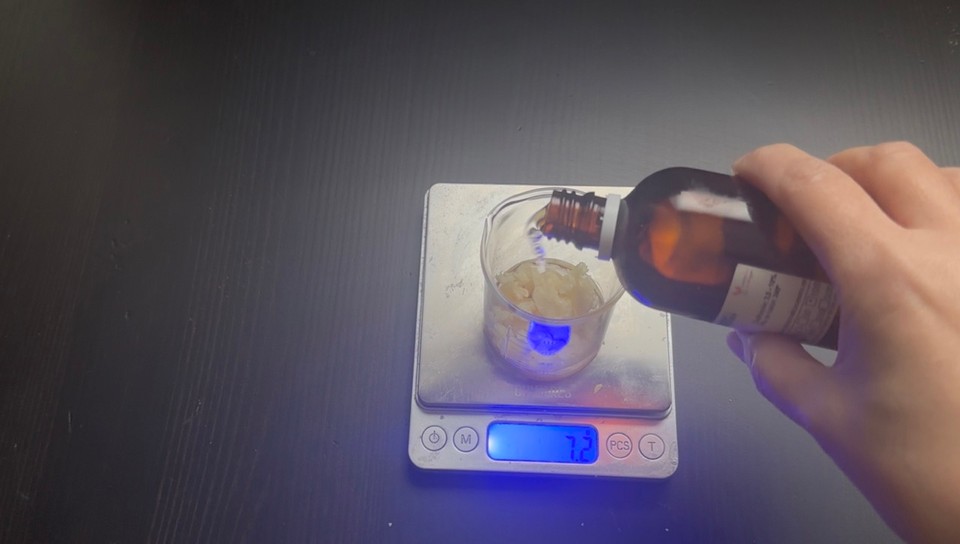
- Place phase A into a double boiler on medium heat for 15-20 minutes to melt.
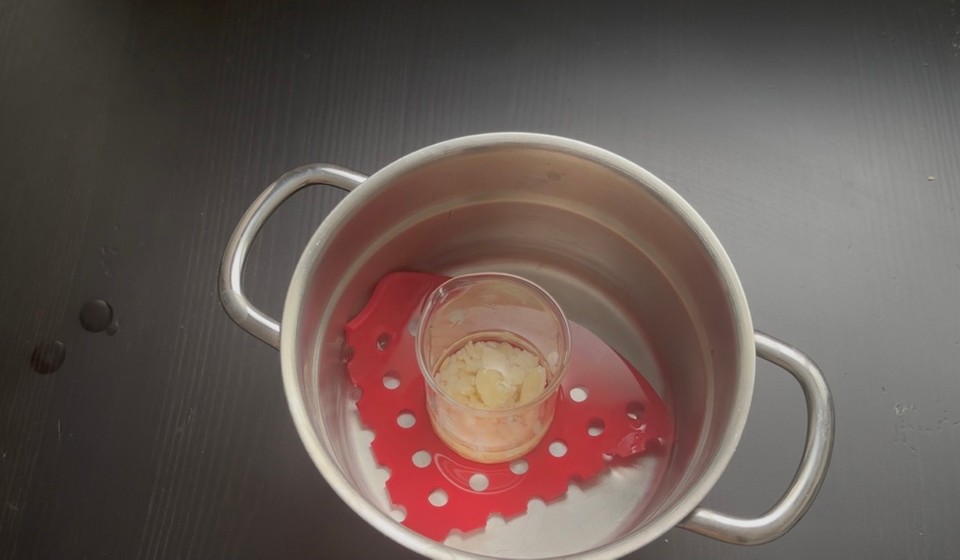
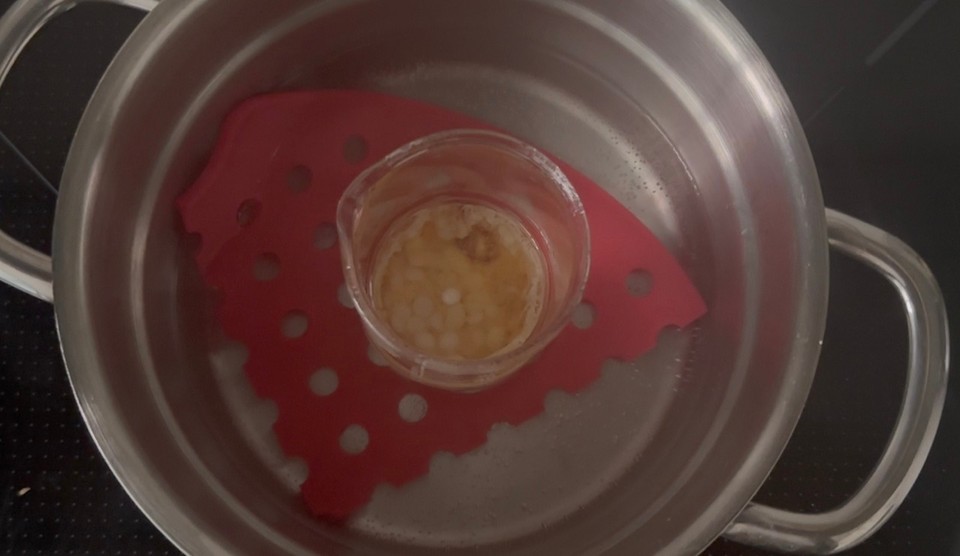
- In another container, prepare phase B ingredients and set aside.
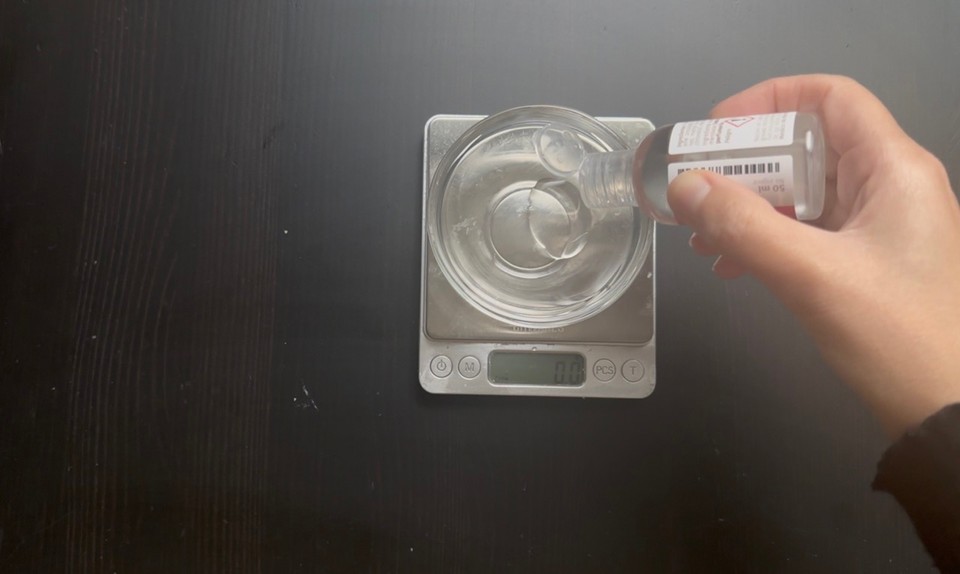
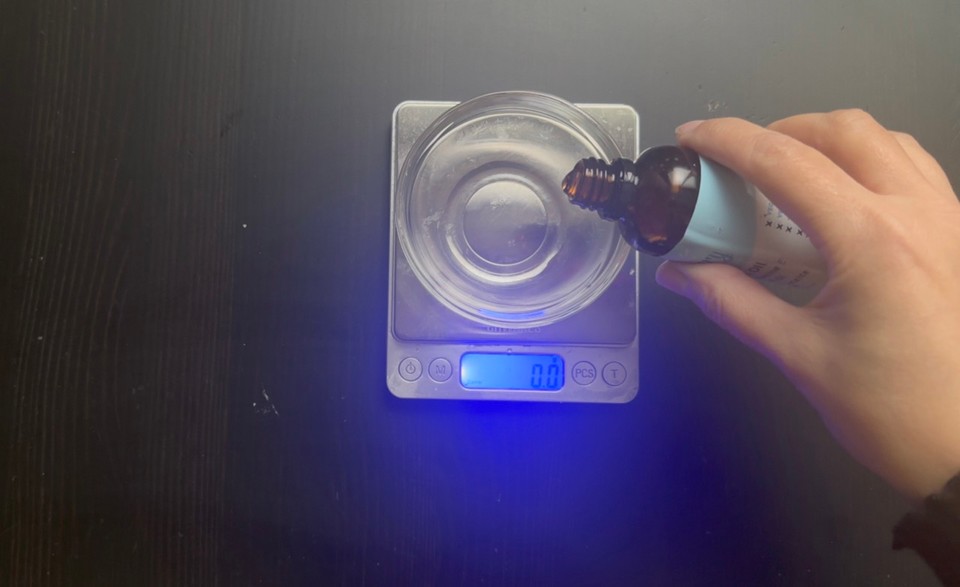
- Remove phase A from the heat. Add phase B into phase A and stir to combine.
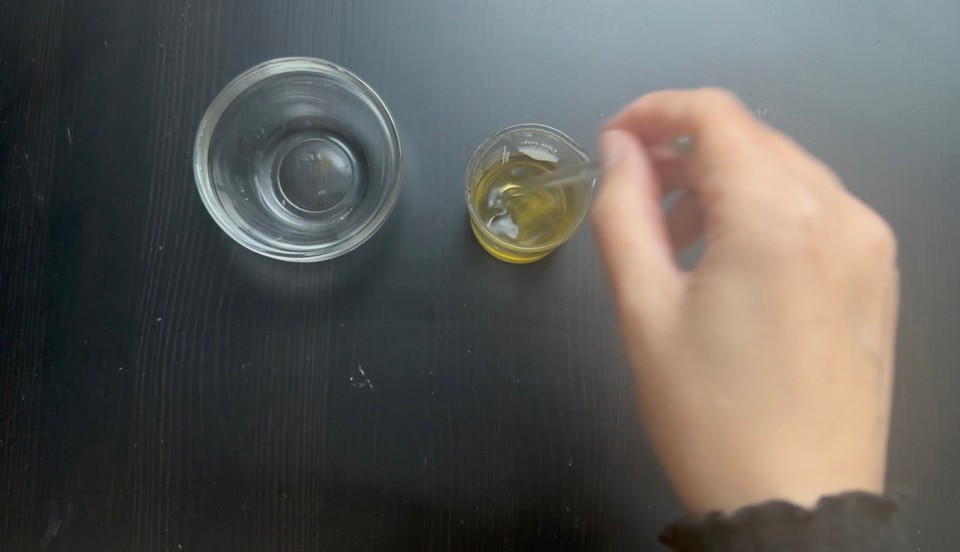
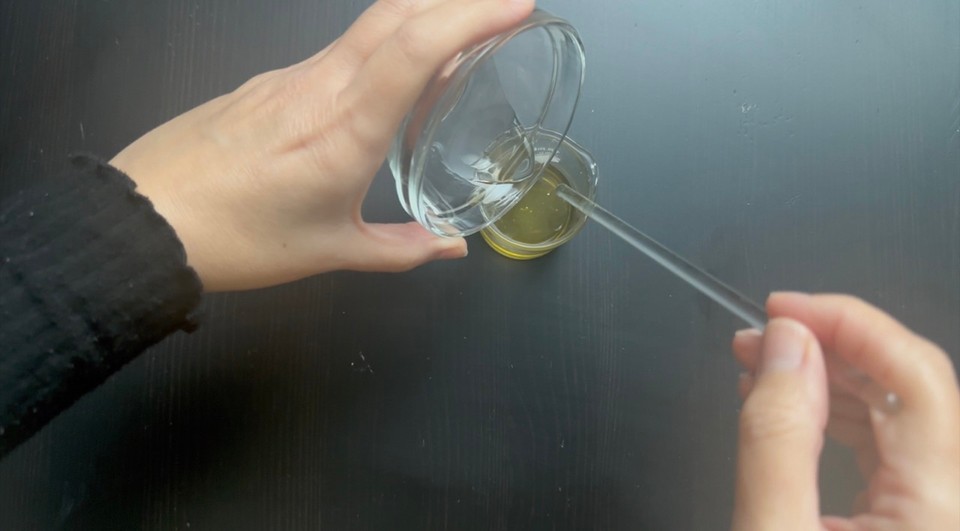
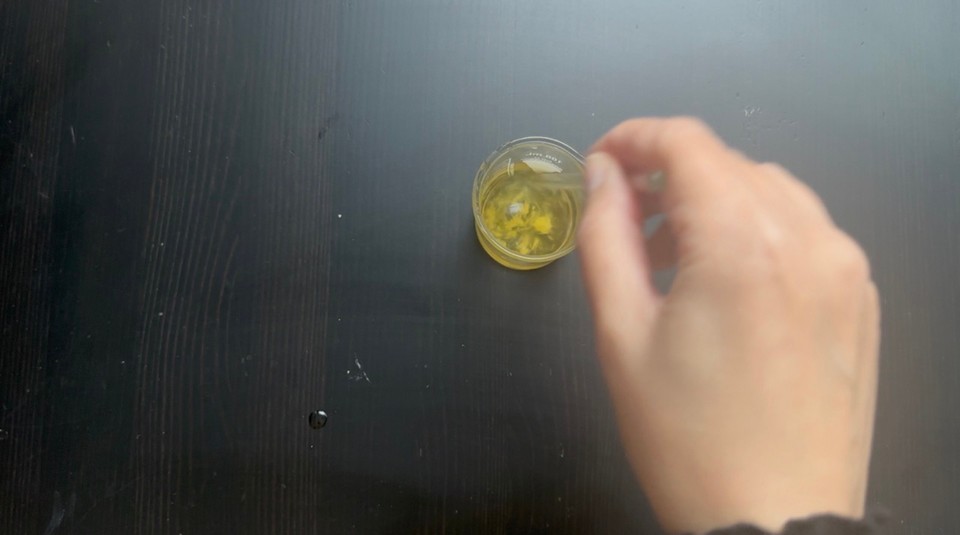
- Pour into a container of choice and leave it to cool down. It is recommended to place the solid perfume in the fridge for 2 hours and pour it into a container; this helps to avoid a grainy texture in the final product.
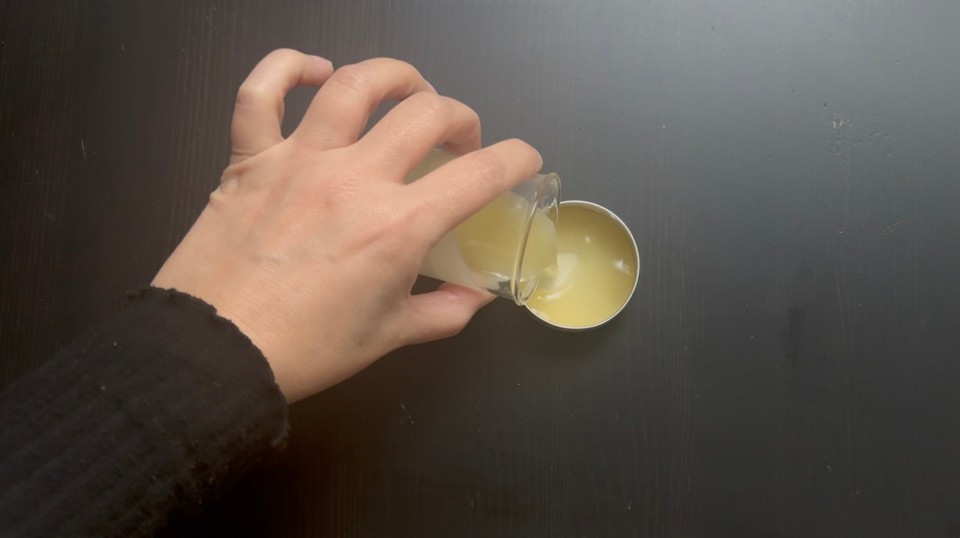
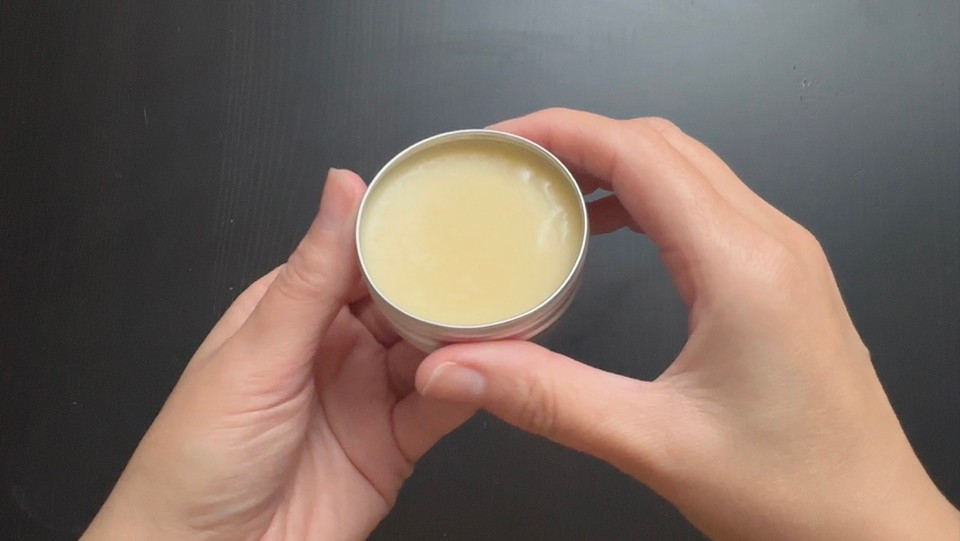
- Once the perfume has cooled down and solidified, it is ready to be used.
